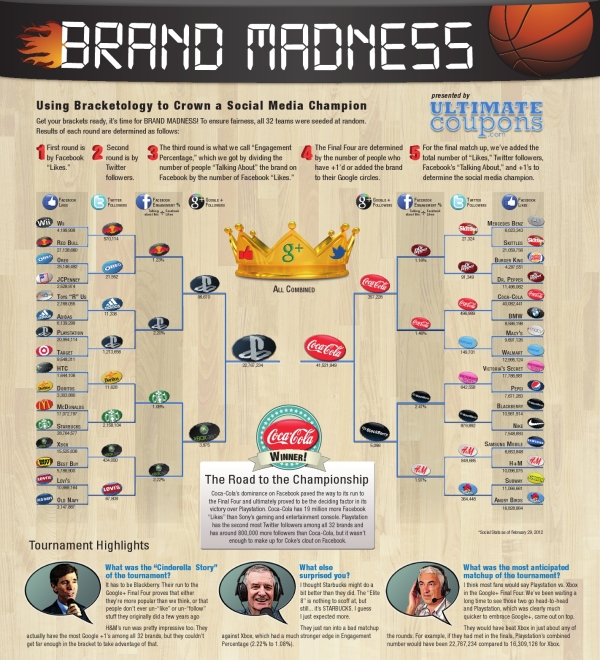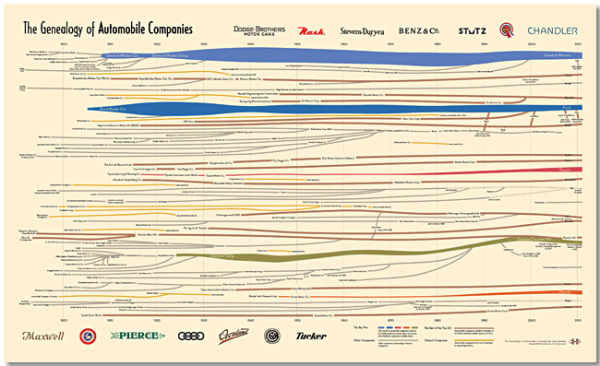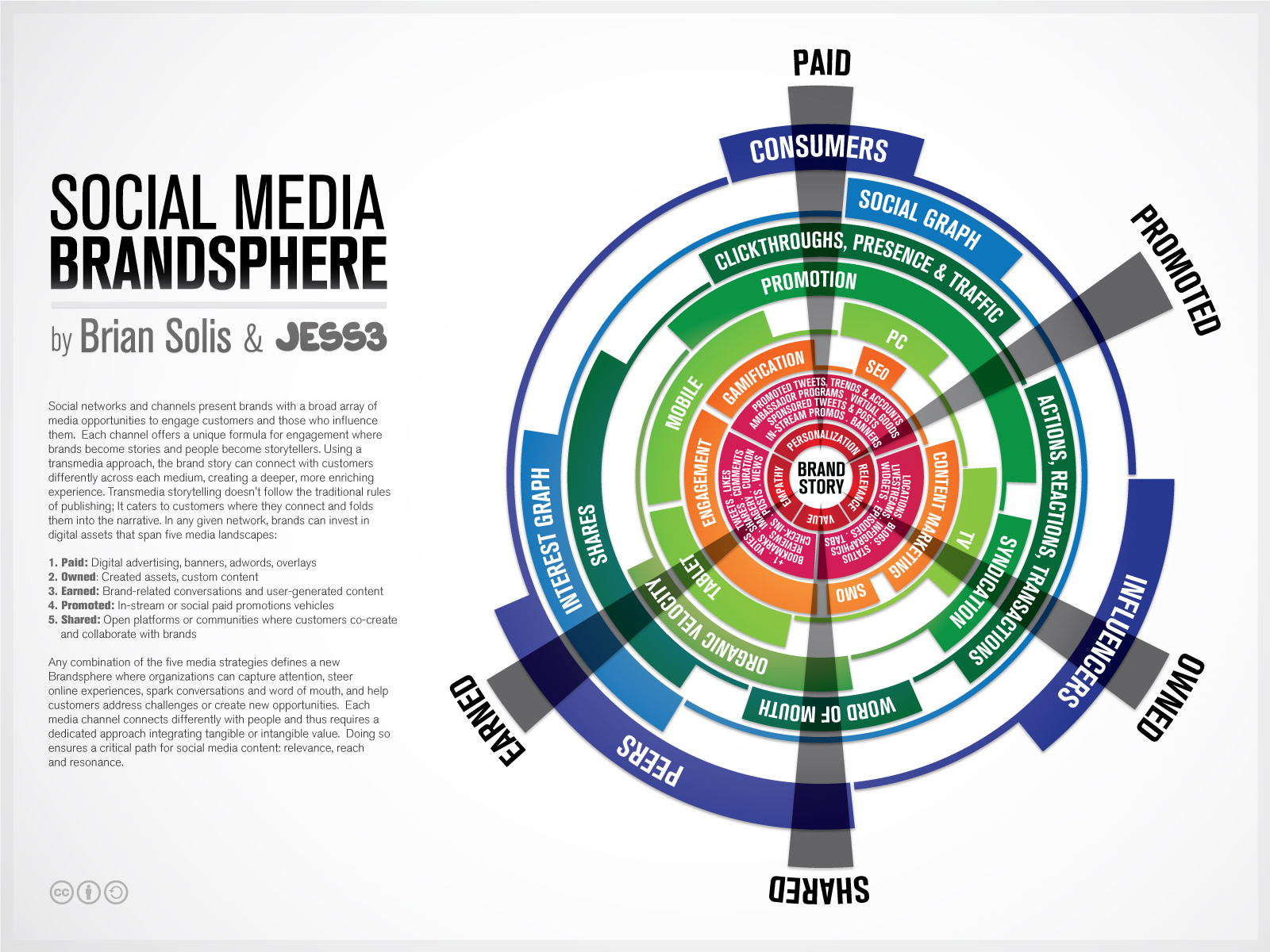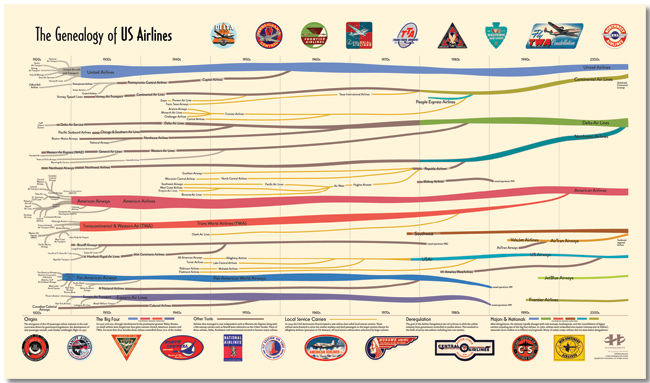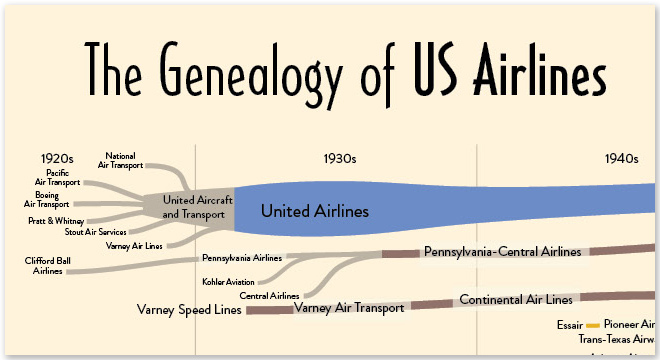Interactive Infographic: Coca-Cola vs. Pepsi
The Coke VS. Pepsi: The Cola Wars infographic from cnntees.com. Which side are you on?
For over a century Coke and Pepsi have been at each other’s throats in a constant struggle for a bigger piece of the billion-dollar soda market.
Along the way the companies have picked up a slew of loyalists and fans, adamant that their cola reigns supreme. While there are countless spots online to check out the history of either company we decided to put together an interactive infographic, putting all cola war highlights together in one spot.
This is a really fascinating experiment with infographic design. Although it appears to be a static infographic, it’s actually interactive. If you look closely, there are two videos built directly into the middle of the infographic that play when clicked. The growth chart at the top is also interactive. Click on a decade, and then choose the specific year, and it displays events in each companies history related to that time period.
The interactivity is so subtle though, most people will probably miss it without me spelling it out in the title and here in the commentary.
The financial stats section is a really poor use of pie charts in the bottle caps. The logo images work, but pie charts are for visualizing percentages. Here, they forced the data into the cute visual, but it makes the data confusing and hard to understand. Are the charts visualizing the percentages of each expense related to total revenue, or just arbitrarily visualizing the values to represent the comparison between the two companies? No percentages are shown, and no values are shown for the values of the total pie. This is forcing a round peg into a square hole.
At the bottom, it’s missing a URL to the original blog post (so readers that find this on the Internet can find the original high-resolution infographic), a copyright statement, a trademark statement and a credit to the designer.
Thanks to Ron for sending in the link!
 Randy
Randy
Quick follow-up, for those readers on iPads, the infographic won’t display in the Flipboard reader, but the infographic and all of the interactivity works nicely in the Safari browser.
 Marketing,
Marketing,  brand,
brand,  companies,
companies,  comparison,
comparison,  food,
food,  history,
history,  interactive,
interactive,  logo,
logo,  video
video 










